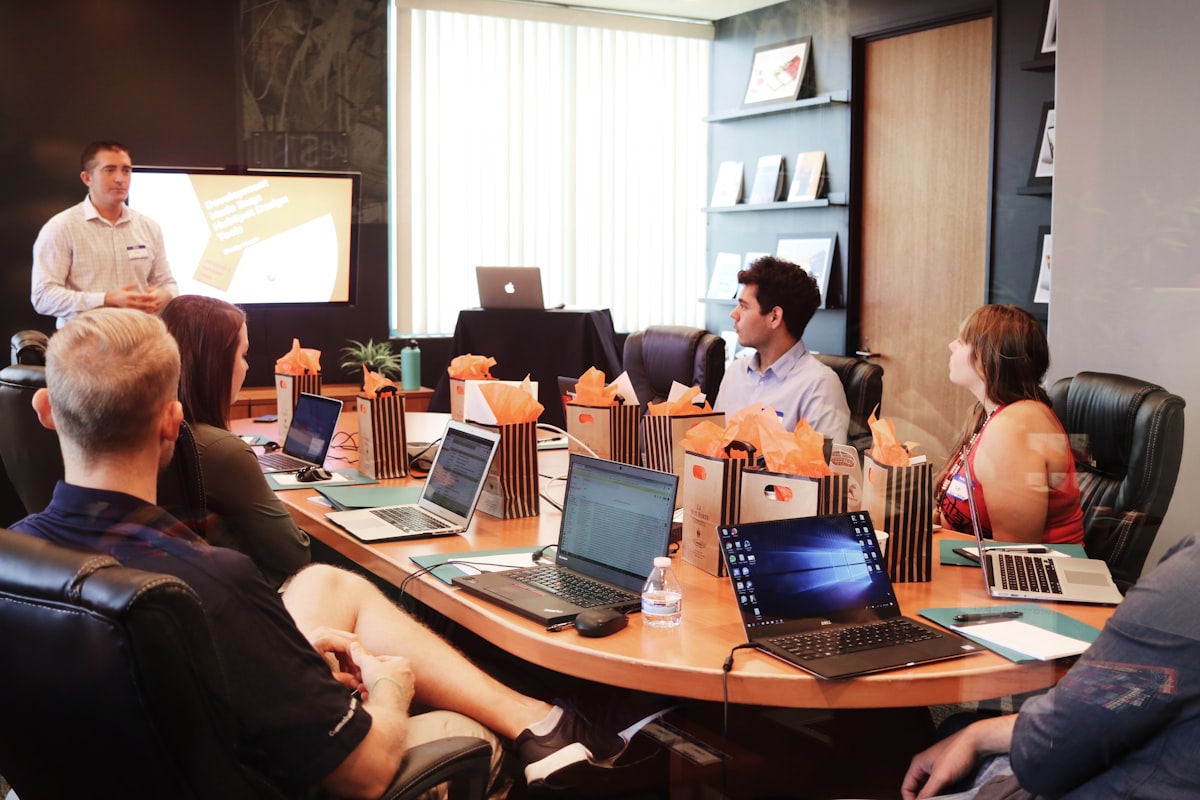Master AI image editing with these ten proven tips from professionals that dramatically improve results and workflow efficiency.
Tip 1: Write Detailed, Specific Prompts
AI image editors work best with clear instructions. Bad prompt: "Make it look better." Good prompt: "Professional portrait retouching with natural skin texture preservation, soft studio lighting from 45-degree angle, subtle background blur for depth, maintain authentic facial features, commercial headshot photography quality suitable for LinkedIn." Professional template structure: Style/Quality Level + Subject Description + Lighting Details + Background Treatment + Technical Requirements + Specific Elements. Why detailed prompts work: specific instructions eliminate guesswork, multiple details prevent ambiguity, professional terminology ensures quality, clear expectations yield consistency, comprehensive descriptions reduce iterations.
Tip 2: Master Negative Prompts
Negative prompts are the professional's secret weapon, preventing issues before they occur. Essential categories include quality issues (blurry, out of focus, low resolution, pixelated, compression artifacts, noise, grain), lighting problems (harsh lighting, uneven lighting, dark shadows, blown highlights, overexposed, underexposed), color issues (oversaturated, undersaturated, color cast, wrong colors, unnatural colors, poor white balance), composition flaws (cluttered, busy background, distracting elements, poor composition, tilted horizon, distorted perspective), and unwanted elements (watermarks, logos, text overlay, date stamps, UI elements). Product photography should add "shadows on background, gray background, reflections, glare, dust, scratches, damage" while portraits need "plastic skin, over-processed, artificial appearance, heavy makeup effect, unnatural skin tone, distorted features."
Tip 3: Use Multiple Reference Images Strategically
Optimal 3-image strategy: Reference 1 (Content Source) provides your primary image and subject matter, Reference 2 (Style Guide) shows desired aesthetic and guides color/mood, Reference 3 (Technical Quality) shows desired texture and ensures professional execution. Real-world application for product photography: your product on basic background (what to edit), professional Amazon shot (style standard), high-end catalog image (quality benchmark). Result: Your product with professional Amazon-quality presentation.
Tip 4: Iterate Systematically
Professional iteration process: First Edit establishes baseline (10 credits), Second Edit provides targeted refinement (10 credits), Third Edit achieves final polish (10 credits if needed). Total investment: 10-30 credits for professional perfection. Track and reuse success by saving prompts, documenting reference combinations, noting effective negatives, building templates, reducing future iterations through learning.
Tip 5: Understand Professional Lighting Terminology
AI understands standard lighting terms. Soft Diffused Lighting: "gentle even illumination, no harsh shadows, professional studio softbox quality, flattering light" (best for products, portraits). Dramatic Side Lighting: "high contrast chiaroscuro effect, deep shadows with bright highlights, cinematic quality" (best for artistic work). Natural Window Light: "soft natural window light, indirect sunlight, authentic feel" (best for lifestyle). Three-Point Studio: "key light, fill light, rim light creating dimensional form" (best for professional products). Golden Hour: "sunset/sunrise glow, warm tones, soft directional light, magical hour quality" (best for outdoor lifestyle).
Tip 6: Maintain Brand Consistency
Document standard prompts for your brand like "Clean minimalist aesthetic, white background, soft professional lighting, vibrant but accurate colors, modern commercial quality." Establish standard negative prompts excluding "busy background, vintage effects, heavy filters, oversaturated, dark moody, artificial effects." Build reference library by saving best results as future references, using same proven references, maintaining visual consistency. Benefits: instantly recognizable appearance, strong brand identity, increased customer trust, efficient workflow, better marketplace performance.
Tip 7: Optimize for Different Platforms
Instagram: "Square 1080x1080, mobile-first high contrast, scroll-stopping appeal, social media quality." Amazon: "Pure white RGB 255,255,255, product filling 85% frame, no shadows, 2000px high resolution, marketplace compliant." Website Hero: "Wide landscape banner, strong focal point, retina display quality, impactful composition." Print Materials: "300 DPI, CMYK color space, professional print quality, large format suitable." LinkedIn: "Professional corporate aesthetic, business-appropriate, trustworthy quality, executive-level standards."
Tip 8: Batch Process Efficiently
Step 1: Perfect first image (15-20 minutes testing). Step 2: Document everything (exact prompt, references, negatives, settings). Step 3: Apply to batch consistently (identical prompts, same references, consistent negatives). Step 4: Quality control review. Time savings: First image 20 minutes, apply to 99 more at 3 minutes each = 5 hours, total 6 hours for 100 images vs 50+ hours traditional (88% reduction).
Tip 9: Learn from Every Edit
Track prompts that worked well and didn't, effective reference combinations, successful negatives, processing times, quality ratings, client feedback. Monitor first-attempt success rate (target 60%+), iterations needed (target 1-2), time per project, satisfaction scores. Build organized prompt library by category: product photography, portraits, landscapes, backgrounds, color correction, detail enhancement. Benefits: faster future edits, consistent quality, predictable outcomes, reduced iterations, professional efficiency.
Tip 10: Combine AI with Manual Touch-ups
Hybrid workflow: Phase 1 - AI Image Editor handles 90% in 2-3 minutes (baseline edit, backgrounds, lighting, colors, style, bulk transformation). Phase 2 - Manual touch-ups for 10% refinement in 5-10 minutes (micro-adjustments, precise corrections, text/graphics, brand elements, QA). Phase 3 - Final export optimized for platform. Combined benefits: 95% baseline efficiency, absolute perfection maintained, 80% total time savings, professional results, cost-optimized. Best manual tools: Photoshop (precision), Lightroom (color), Canva (text/graphics).
Conclusion
Implementing these ten professional tips consistently transforms AI image editing from basic to exceptional: detailed specific prompts, comprehensive negative prompts, strategic multi-reference use, systematic iteration, lighting terminology mastery, brand consistency, platform optimization, efficient batching, continuous learning, hybrid AI-manual approach. Practice consistently and watch results transform from good to exceptional.
Ready to elevate your AI image editing? Apply these tips today and experience dramatic quality improvements separating amateur from professional excellence.